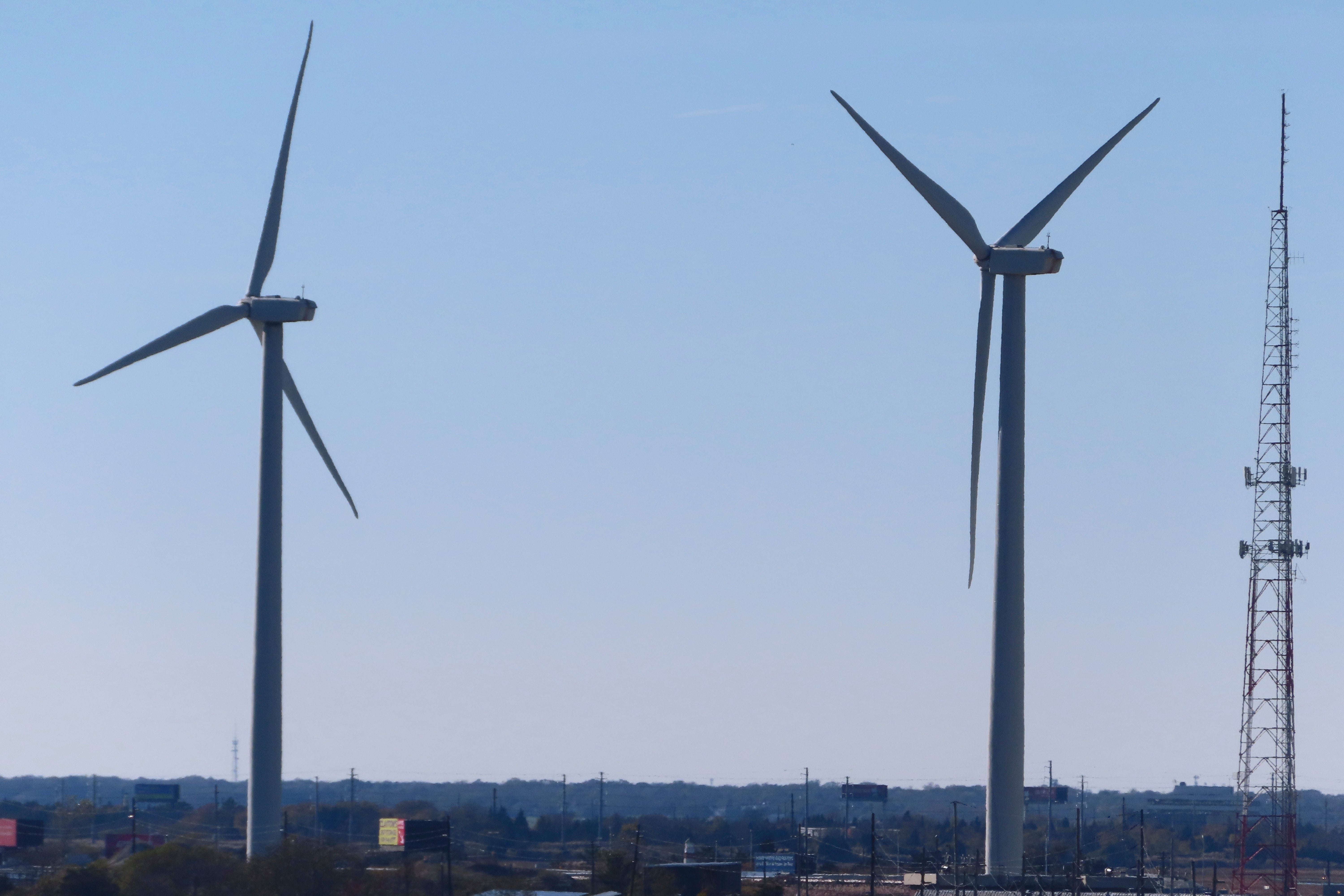U.S. agencies set plans to protect endangered right whales during offshore wind operations
Two federal agencies are looking to better protect endangered whales amid a surge in offshore wind farm development

Your support helps us to tell the story
From reproductive rights to climate change to Big Tech, The Independent is on the ground when the story is developing. Whether it's investigating the financials of Elon Musk's pro-Trump PAC or producing our latest documentary, 'The A Word', which shines a light on the American women fighting for reproductive rights, we know how important it is to parse out the facts from the messaging.
At such a critical moment in US history, we need reporters on the ground. Your donation allows us to keep sending journalists to speak to both sides of the story.
The Independent is trusted by Americans across the entire political spectrum. And unlike many other quality news outlets, we choose not to lock Americans out of our reporting and analysis with paywalls. We believe quality journalism should be available to everyone, paid for by those who can afford it.
Your support makes all the difference.Two federal environmental agencies issued plans Thursday to better protect endangered whales amid offshore wind farm development.
The U.S. Bureau of Ocean Energy Management and the National Oceanic and Atmospheric Administration released final plans to protect endangered North American right whales, of which there are only about 360 left in the world.
The agencies said they are trying to find ways to better protect the whales amid a surge of offshore wind farm projects, particularly on the U.S. East Coast. They plan to look for ways to mitigate potential adverse impacts of offshore wind projects on the whales and their habitat.
The strategy will use artificial intelligence and passive acoustic monitoring to determine where the whales are at a given time and to monitor the impacts of wind development on the animals.
It also calls for avoiding the granting of offshore wind leases in areas where major impacts to right whales may occur; establishing noise limits during construction; supporting research to develop new harm minimization technologies; and making it a priority to develop quieter technology and operating methods for offshore wind development.
They also want to conduct “robust sound field verification” of offshore wind operations to ensure that noise levels are not louder than expected.
Although opponents of offshore wind projects blame them for a spate of whale deaths over the past 13 months on the East Coast, the agencies said climate change is the biggest threat to the right whales. They and other scientific agencies say there is no evidence that offshore wind preparation work is harming or killing whales. Many of them have been struck by ships or become entangled in fishing gear.
Of the 360 right whales left in the ocean, only 70 are reproductively active females.
“Climate change is affecting every aspect of right whales’ survival, changing their ocean habitat, their migratory patterns, the location and availability of their prey, and even their risk of becoming entangled in fishing gear or being struck by vessels,” the agencies said in a statement.
In a separate report issued Monday, NOAA said there were 67 confirmed entanglements of large whales nationwide in 2022, the most recent years for which statistics are available. That is down slightly from the previous year and below the annual average of 71, the agency said.
In addition to vessel strikes and entanglement in fishing gear, which are the primary causes of death or injury to right whales, low female survival, a male-dominated sex ratio, and low calving rates are contributing to the population’s current decline. The species also has low genetic diversity due to its small size, the agencies said.
As of September 2023, there were 30 offshore wind lease areas along the East Coast, the two agencies said. Construction and operations plans for 18 of them have been submitted to BOEM in the Atlantic Outer Continental Shelf, including projects under construction in Massachusetts and New York.
All these projects are anticipated to use fixed foundation turbines, although future leasing plans farther offshore contemplate the use of floating technology, the agencies said.